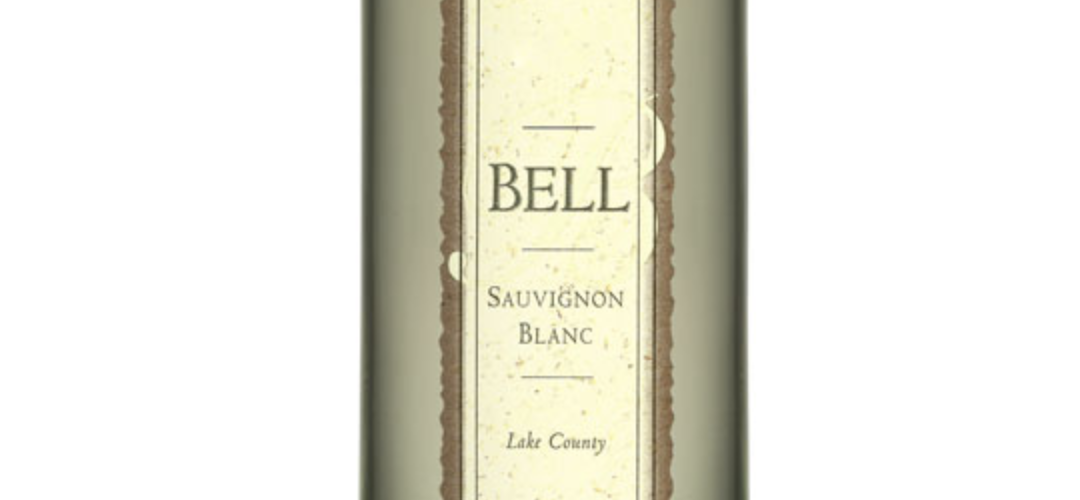
by Lorri | Sep 27, 2017 | UnCorked
Rock star
noun
- a rock ‘n’ roll star or celebrity.
- a star or celebrity in any field or profession, or anything highly admired: TV chefs are the new rock stars.
There is something that occurs when winemaker Anthony Bell visits our state. There’s no other way to explain it other than there’s an excitement in the air.
Some are eager to hear of his Napa Valley adventures, and for others, like me, it’s the chance to see a longtime friend.
At a tasting event with Bell recently, I watched him visit with guests in his humble, soft-spoken manner. Likely few people there knew how he has influenced the business.
Bell’s early career sometimes goes unnoticed because of our appreciation of his current wines’ stellar status. But it was in those early years that Bell contributed to and helped mold what most consider today’s Napa Valley wine culture. In 1979, Bell joined Beaulieu Vineyards as assistant winemaker and viticulturist. He was responsible for Beaulieu Vineyards’ extraordinary and iconic Georges de Latour Private Reserve Cabernet for 15 vintages. During his time at Beaulieu, he became involved in many projects, from the creation of the Los Carneors American Viticultural Area to collaboration on the Rutherford, Oakville and Yountville appellations (areas where wine grapes are grown).
During the 1980s, Bell began designing the first Cabernet clonal evolutions studies. During this time, he introduced the Bordeaux Clone 6 cabernet sauvignon to commercial production after almost 100 years of neglect. The clone was found in an abandoned University of California vineyard. This aspect of his career would lead to years of producing Napa Valley’s first single vineyard, single clone Cabernet Sauvignon, Clone 6 in 1991.
As I continue to enjoy Bell Red Blend as my go-to wine and Clone 6 on most special occasions, Bell will always be one of my favorite winemakers and, of course, a dear friend.
THE VALUES
- 2015 Bell Red Blend, California (about $17 retail)
- 2016 Bell Lake County Sauvignon Blanc, California (about $17 retail)
THE SPLURGES
- 2014 Bell Syrah Canterbury Vineyards, California (about $28 retail)
- 2014 Bell Yountville Merlot, California (about $46 retail)
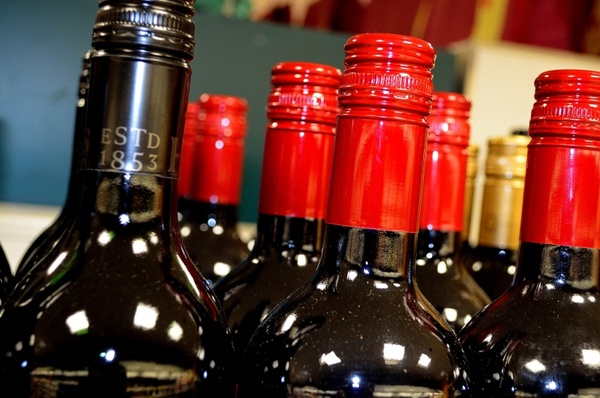
by Lorri | Sep 20, 2017 | UnCorked
Do you have to be a “supertaster” to be a better wine taster or top foodie? You would think the mere mention of anything with super status would be a good thing, much like a superpower. It’s wonderful to have heightened senses like sharp hearing or better than 20/20 vision, but a heightened sense of taste — no matter how much superhero status it implies — may be a hindrance for wine drinkers.
The term “supertaster” was coined by psychologist Linda Bartoshuk in 1991. Bartoshuk studies sensory perception of food. A supertaster is someone who has twice as many taste buds as the average person. The science behind supertasting could be linked to people’s sensitivity to a bitter chemical called 6-n-propylthiouracil (PROP), which makes supertasters much more sensitive to bitterness. It’s thought that this sensitivity developed as an evolutionary defense mechanism, one that would prevent us from eating potentially toxic foods.
Many test experiments have been done using PROP with wine consumers. I have a firsthand look at this test because I use it in my wine study classes. My students are given a paper strip treated with drops of the chemical and asked to taste. Some find it tasteless (nontasters) while others either mildly (medium-tasters) or extremely bitter (supertasters). Without fail, each class has a large division of those extremes.
The flavors of wine, acidity, astringency, spiciness and bitterness may make some styles of wine relatively unappealing to the supertaster. In the book The Science of Wine, Gary Pickering, professor of Biological Sciences and Psychology/Wine Science at Brock University, writes “I would speculate that supertasters probably enjoy wine less than the rest of us. They experience astringency, acidity, bitterness, and heat (from alcohol) more intensely, and this combination may make wine — or some wine styles –relatively unappealing.”
This simple concept of a person’s taste perception offers a probability as to why many also have such diverse preferences in their wine choices.
So, a question I am continuously asked in my profession, “Am I a supertaster?” Yes, most likely professionally when I am assessing wines. But, when enjoying and exploring the exceptional world of wines when drinking … I enjoy all styles of wines from sweet to dry, raging tannic cabernets to dainty tannic pinot noirs and intensely acidic sauvignon blancs to soft subtle chardonnays.
To gauge your detection of “bitter” consider a tasting homework with cabernet sauvignon. Ask yourself, what do you taste and how does it feel? Does the wine make your tongue tingle? Does it make your mouth pucker? Is it acidic? Can you taste/feel the alcohol? Is there a long aftertaste? Does your mouth feel dry?
THE VALUE
- 2015 Hess Select Cabernet Sauvignon, California (about $15 retail)
THE SPLURGE
- 2015 Stoller Family Estate Dundee Hills Pinot Noir, Oregon (about $27 retail)
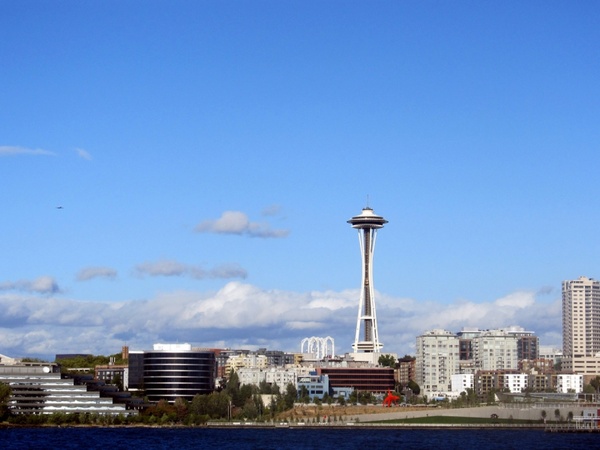
by Lorri | Sep 13, 2017 | UnCorked
If you think of the most inhospitable or unlikely vineyard sites in the world, the state of Washington may not come to mind. There are two dramatically different landscapes in Washington. There’s the one most of us think of when we think of the Pacific Northwest — cool, damp and foggy. But most of Washington’s most exceptional vineyards are located in the other one — amid dry mountain air, scarcely populated and barren ridges in the Columbia River basin.
The Columbia River basin is a unique viticulture map. It is on approximately the same latitude (46 degrees north) as some of the great French wine regions. The Columbia Valley is much different from Seattle’s rainy climate thanks to the Cascade Mountains. It lies in the rain shadow of the mountains with an annual 6 to 8 inches average rainfall, compared to 100 plus on the Olympic Peninsula. This sparse rainfall allows vineyards to control vine vigor through irrigation from the rivers. Without human effort of irrigation, this whole area would be a sun parched expanse. Irrigation has changed this area into a prolific wine grape growing area. Another contributing factor to its success is the advantage of long hours of sunlight, averaging 17 hours during the growing season.
Washington’s American Viticulture Area, or a AVA, comprises 14 regions — Ancient Lakes, Columbia Gorge, Columbia Valley, Horse Heaven Hills, Lake Chelan, Lewis-Clark Valley, Naches Heights, Puget Sound, Rattlesnake Hills, Red Mountain, Snipes Mountain, Yakima Valley, Wahluke Slope and Walla Walla Valley — with many subappellations all within the Columbia River basin. The Columbia Valley is the largest with almost 11 million acres and with the exception of the Puget Sound and Columbia Gorge, all growing regions are subappellations of the Columbia Valley.
How this summer’s widespread wildfires will affect this year’s grape crop remains to be seen. However, it is possible the smoke from the fires could transfer to the grapes, tainting the vintage, according to reports on KOUW.
In 2007, Washington winemakers crushed 127,000 tons of grapes, last year they crushed more than 250,000 tons. In other words, the Washington wine industry has nearly doubled in size in just a decade. If you are looking for a region in the world to watch, this is your state.
THE VALUES
- 2016 Hogue Riesling, Columbia Valley (about $13 retail)
- 2015 Chateau Ste. Michelle Gewurztraminer, Columbia Valley (about $12 retail)
- 2015 Snoqualmie Naked Riesling, Columbia Valley (about $14 retail)
THE SPLURGE
- 2015 14 Hands Merlot, Columbia Valley (about $15 retail)
- 2015 Columbia Crest H3 Horse Heaven Hills Chardonnay, Horse Heaven Hills (about $20 retail)
- 2015 Eroica Riesling, Ancient Lakes, Yakima Valley, Columbia Valley (about $29 retail)
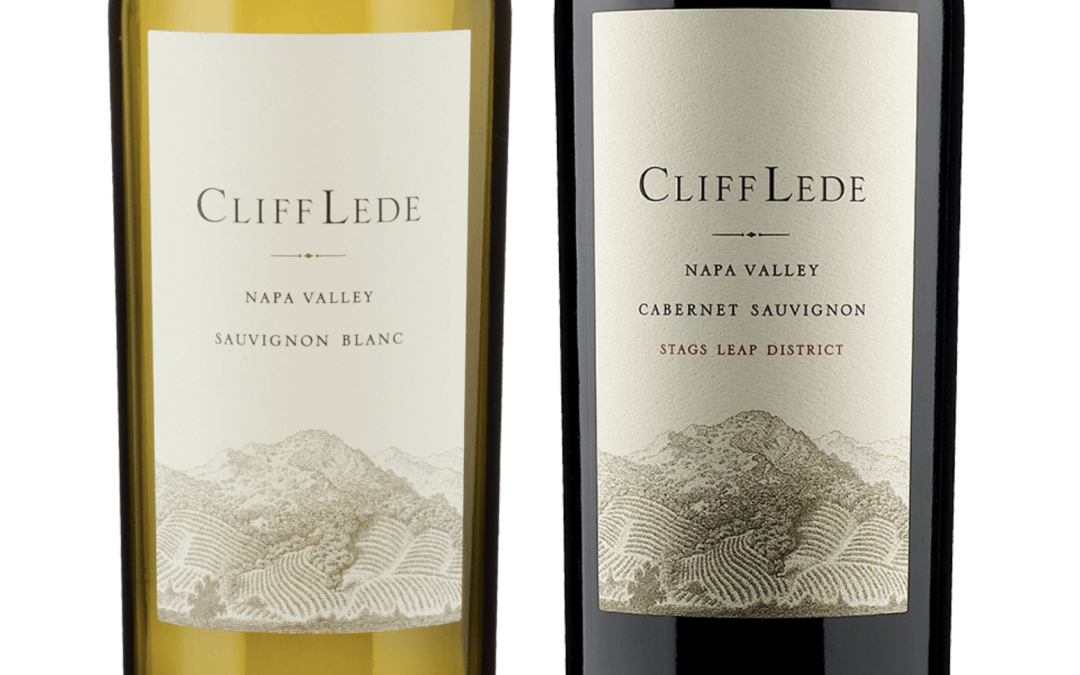
by Lorri | Sep 6, 2017 | UnCorked
I can confidently say, Jason Lede knows the Lede Family Wines portfolio intimately. The son of founder Cliff Lede, he has been around wine most of his life. Jason was born and raised in Alberta, Canada, and spent summers as a teen in California’s Napa Valley. His passion continues as he works to spread the winery’s name around the word. During lunch recently, I was honored to hear the story behind the winery and, of course, enjoy a tasting of the impeccable wines.
It was his father’s love of wine and enthusiasm for building that would point the family in the direction of Napa Valley. (That knack for building was no ordinary hobby, his father helped run one of the world’s largest construction companies.)
Cliff Lede Vineyards (pronounced “LayDee”) was founded in 2002 after Cliff Lede, a Bordeaux enthusiast, bought a 60-acre estate in the Stags Leap District of Napa Valley. From a viticulture standpoint the vineyards have the best of both worlds with valley floors and hillside land.
If you read my column regularly, you know I always enjoy hearing the stories behind the wines. Jason’s explanation of the vineyards was a favorite. Instead of numbering the vineyards’ blocks, as is often done, Cliff Lede devised a system better fitting his style. He named the blocks after famous rock albums and songs including “Walk on the Wild Side” “American Girl” and “Dark Side of the Moon.” Today they are referred to as the “Rock Blocks.”
In 2005, a 25,000-square foot winery and cave system were built into the hillside overlooking the estate vineyards. The winery was designed by world-renowned architect Howard Backen. And staying with the rock theme, the winery features the White Room, named after The Beatles’ White Album.
THE VALUE
- 2016 Cliff Lede Napa Valley Sauvignon Blanc, California (about $27 retail)
THE SPLURGE
- 2014 Cliff Lede Napa Valley Stags Leap Cabernet Sauvignon, California (about $87 retail)
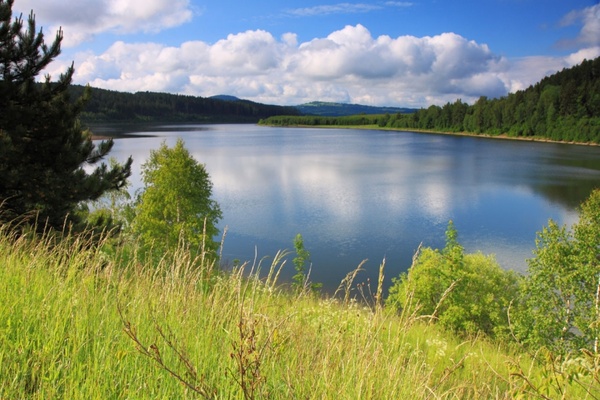
by Lorri | Aug 30, 2017 | UnCorked
Labor Day is a celebration of America’s labor movement and the contributions of American workers, but for most it is a time for family and friends to convene on location — preferably near a body of water or forest — and enjoy the last three-day weekend of summer.
There is no better time to keep wine choices uncomplicated and versatile. For this week’s recommendations I’m focusing on value wines from American wineries.
THE REDS
- 2015 Simple Life Pinot Noir, California (about $14 retail)
- 2015 Bogle Essential Red Blend, California (about $13 retail)
- 2015 Force of Nature Red Blend, California (about $18 retail)
- 2014 Cline Zinfandel, California (about $17 retail)
- 2015 Sean Minor Pinot Noir, California (about $14 retail)
- 2015 Francis Coppola Diamond Edition Claret, California (about $16 retail)
- 2015 14 Hands Merlot, California (about $15 retail)
- 2015 Bell Red Blend, California (about $18 retail)
- 2015 Seven Falls Cellars Merlot, Washington (about $16 retail)
- 2015 Josh Cellars Cabernet Sauvignon, California (about $17 retail)
- 2015 The Federalist Cabernet Sauvignon, California (about $16 retail)
THE WHITES
- 2016 Five Rows Chardonnay, California (about $17 retail)
- 2016 McManis Family Vineyards Viognier, California (about $14 retail)
- 2016 Simi Chardonnay, California (about $20 retail)
- 2016 Bell Lake County Sauvignon Blanc, California (about $17 retail)
- 2016 Olema Chardonnay, California (about $15 retail)
- 2016 Charles Smith Vino Pinot Grigio, California (about $15 retail)
- 2016 Charles & Charles Riesling, California (about $16 retail)
- 2015 Kendall Jackson Sauvignon Blanc, California (about $12 retail)
- 2016 Leese-Fitch Sauvignon Blanc, California (about $12 retail)
- 2016 Sivas-Sonoma Sauvignon Blanc, California (about $15 retail)
THE BUBBLYS
- NV Scharffenberger Methode Traditionnelle, California (about $20 retail)
- NV Roederer Estate Brut, California (about $32 retail)
- NV Piper Sonoma Blanc de Blancs, California (about $22 retail)
- NV Mumm Napa Blanc de Blancs, California (about $29 retail)
- NV Gruet Brut, New Mexico (about $19 retail)
- 2012 Domaine Carneros Brut, California (about $36 retail)
- NV Chandon Brut Classic, California (about $24 retail)
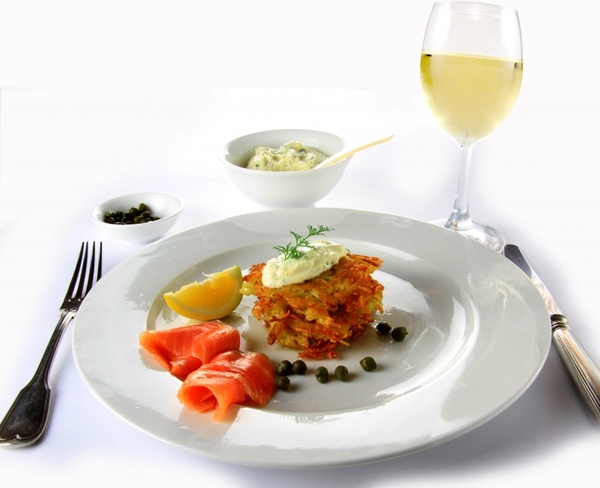
by Lorri | Aug 23, 2017 | UnCorked
I am constantly exploring the changing world of food and wine pairing. What once was a very straightforward concept of red wine with meat and white wine with fish just doesn’t fit anymore. A recent posting of the hottest food trends of 2017 from the National Restaurant Association shows our preferences are changing, and with that comes an opportunity for more wine matchups. I looked over the top 20 trending foods and did a little research.
STREET FOOD INSPIRED DISHES
With the popularity of food trucks on street corners showcasing cuisines from around the world, many cooks are looking to re-create these dishes at home. Today you can find an array of tastes, from gourmet burgers to vegan wraps. When I researched the top street foods, many were based on “comfort foods” (generally defined as foods providing consolation or a feeling of well-being, typically with high fat and carbohydrate content). Consider a refreshing simple white wine with high acidity.
FRUITS AND VEGETABLES
One common misconception is that fruits and vegetables can only be paired with dry, light bodied white wines. In fact, fruits and vegetables often add more flavor to a dish than the main protein. Consider a wine showing the same characteristics as the dish. If the dish has high acidity from fruits or earthy taste from vegetables, serve a wine that will share in the flavors. Sparkling wines with strawberries, citrus; acidic white wines with tomatoes and green salads; aromatic white wines with herbs, bell peppers, carrots, beets; creamy lush white wines with corn, beans; light red wines with mushrooms, root vegetables, carrots; sweet red wines with plums, berries, oranges.
INTERNATIONAL FLAVORS
Many international cuisines are distinguished by the spices and aromatics used in preparing them. The key to a successful wine and spicy food pairing is to consider the spices. If you are creating a Mexican dish, most likely the spices will be cumin, garlic, cinnamon and coriander; Thai (basil, ginger, turmeric, chile); Indian (cardamom, cumin, turmeric, garam masala, curry); Cajun (cayenne pepper, onion, garlic, paprika, bay leaves). Most of these spices have a distinct flavor so staying with wines that won’t compete is your best bet. Consider light-bodied white wines with refreshing, simple flavors and good acidity like pinot grigio, sparkling, rose, sauvignon blanc and unoaked chardonnay.
SUSTAINABLE SEAFOOD
This trend is broadly defined as seafood caught or farmed in a manner that can maintain or increase production in the long term, without jeopardizing the health of oceans and their aquatic life. Begin with the “weight” of the fish. Weight refers to richness, texture and fat. Consider the many types of seafood and the array of textures and weights. You can compare the hearty weight of salmon, tuna or sea bass to lighter filets of flounder or tilapia, or the rich taste of lobster versus the delicacy of an oyster or scallop. Consider chardonnay, pinot grigio, riesling or pinot noir.
These are my recommendations for the most versatile wines with these trending food and wine pairing options.
THE VALUE
- 2015 Chateau Ste. Michelle Gewurztraminer, Oregon (about $12 retail)
THE SPLURGE
- 2015 Raptor Ridge Pinot Gris, California (about $19 retail)





